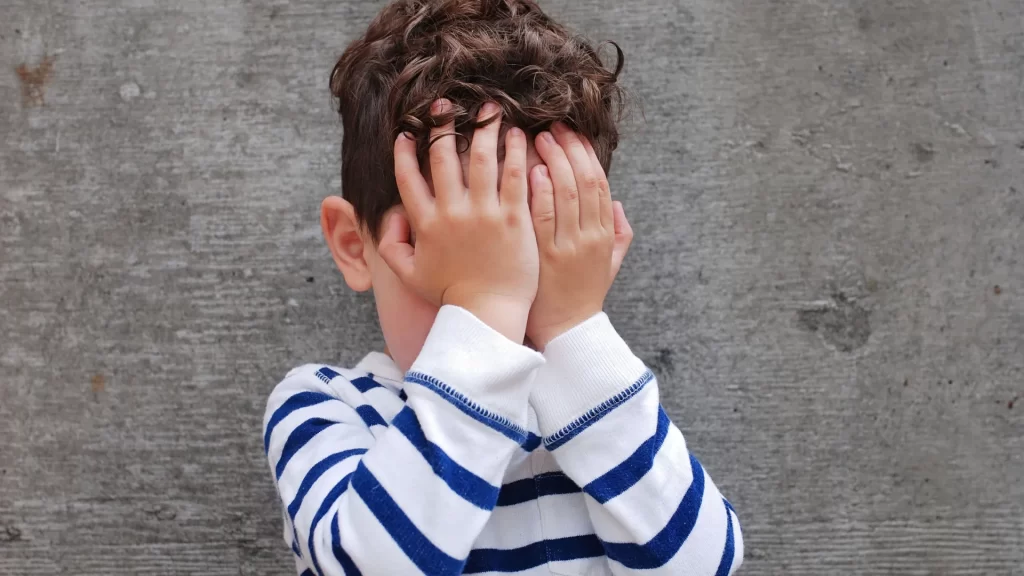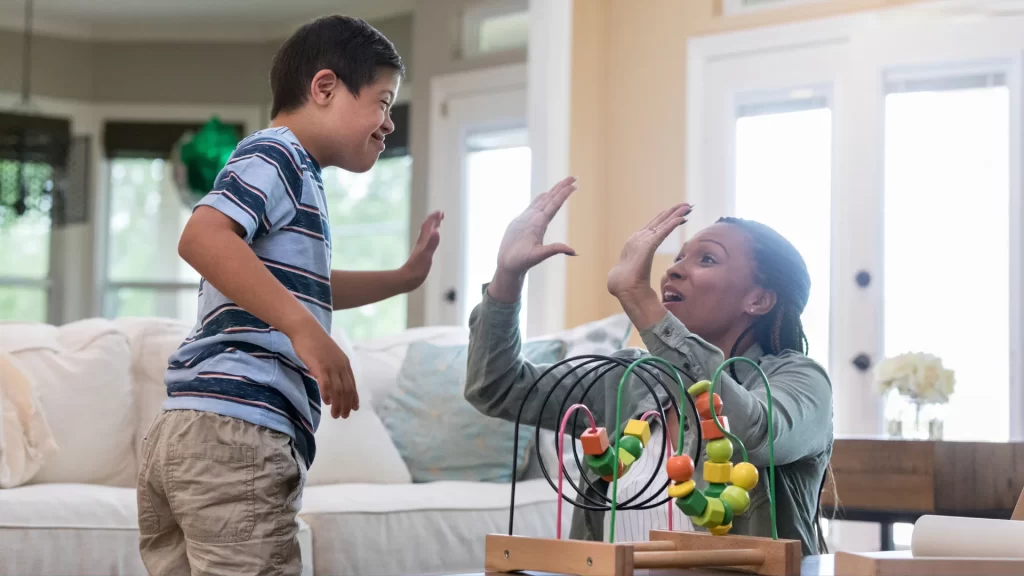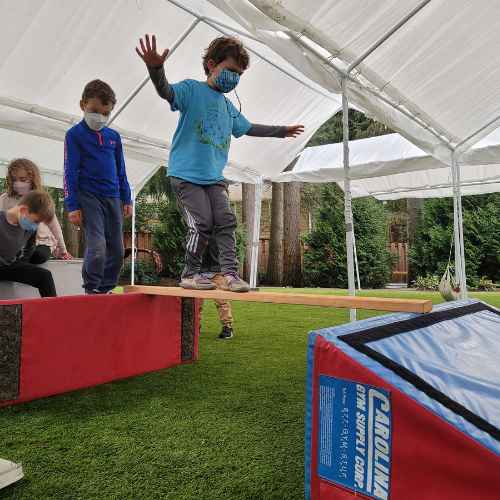
Halloween is right around the corner, a time filled with spooky decorations, eerie sounds, and the thrill of trick-or-treating. For some children, however, this season amplifies their fears. As parents, understanding and helping them navigate these feelings is crucial for their emotional growth and confidence. I love the quote by Seneca, “One who suffers before it is necessary, suffers more than is necessary.”
The key lies in the way our thoughts shape our emotions, which in turn shape our behavior, our lives, and the world around us.

Understanding Fear for Kids
Fear is an abstract concept so here is how to explain fear to your child: Fear is like an alarm in our body that goes off when we think something might hurt us. It’s our body’s way of telling us to be careful. But sometimes, the alarm gets a little too loud or goes off when it doesn’t need to.
Understanding Their Fears
Dr. Amelia Thompson, a child psychologist, says, “Children’s fears are a part of their normal development, and understanding the root cause is the first step in helping them cope.” As parents, it’s essential to:
- Listen Actively: When your child talks about their fears, listen without judgment. Encourage open dialogue and ensure they feel safe expressing themselves.
- Ask Specific Questions: Instead of broad questions like “What are you scared of?”, try “What makes you feel scared about that particular thing?” This helps in pinpointing specific triggers. Here are some other helpful open-ended questions you can try asking:
- “Can you tell me what exactly you’re worried about?”
- “What’s the worst thing you think might happen?”
- “How do you feel when you think about this fear?”
- “Is there a time when this fear doesn’t feel so big?”
We can now go into the 3-step process of overcoming any fear, which we can also teach our children so they can overcome any fear independently! How awesome! Teaching children this skill can set them up for a lifetime of better mental resilience. Here’s how:
The 3-Step Process: Cognitive Restructuring
- Identify the Negative Thoughts: Teach your child to recognize and articulate fear-inducing thoughts. Start by coaxing your child to express the exact nature of their fear with open-ended questions.
– Example: After a spooky family movie night, young Sam tells his mom, “There are monsters under my bed!” It’s our job now to ask quality questions to understand: “What thoughts come to your mind when the lights go off?” Sam say’s, “I think there’s something hiding that will get me.” - Challenge Those Thoughts: Encourage your child to doubt that their negative, fear-based idea is actually not true.
– For example: Sam’s mother asks, “Have we ever found anything scary in the dark before? Could it be that we saw a movie and your mind is thinking about those things? Can we maybe turn on a night light and look together?” - Replace with Positive Thoughts: Guide your child to reframe their fears with a positive or neutral perspective.
– Example: Together, Sam and her mother came up with a new thought: “I am safe.” “The dark is just like the daytime, but with the lights off.” “I have my night light if I feel scared.”

Call for Tolerance: Overcoming Fears isn’t an Overnight Process
Celebrate small victories and remember: with patience, time, and effort, your child will eventually master their fears. As Halloween approaches, let it be a reminder of the challenges and triumphs in helping our children face their fears.
At the heart of it, remember that it’s not just about the fears they conquer but the confidence they gain and the bond you strengthen. As parents, our role is to guide, support, and believe in their innate potential for growth. Kong is here to support you and your child’s journey of growing up a champion.
How have you helped your child face their fears? Share your stories in the comments below!
GET Access to the ULTIMATE PLAY DATE PACKAGE (Value: $49) for FREE!


7-Day Crystal Shard Adventure
Unleash your child’s potential with our 7-day crystal shard movement adventure!




